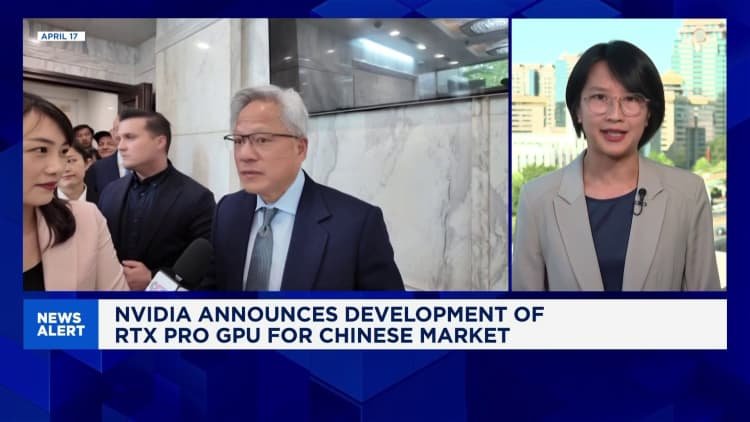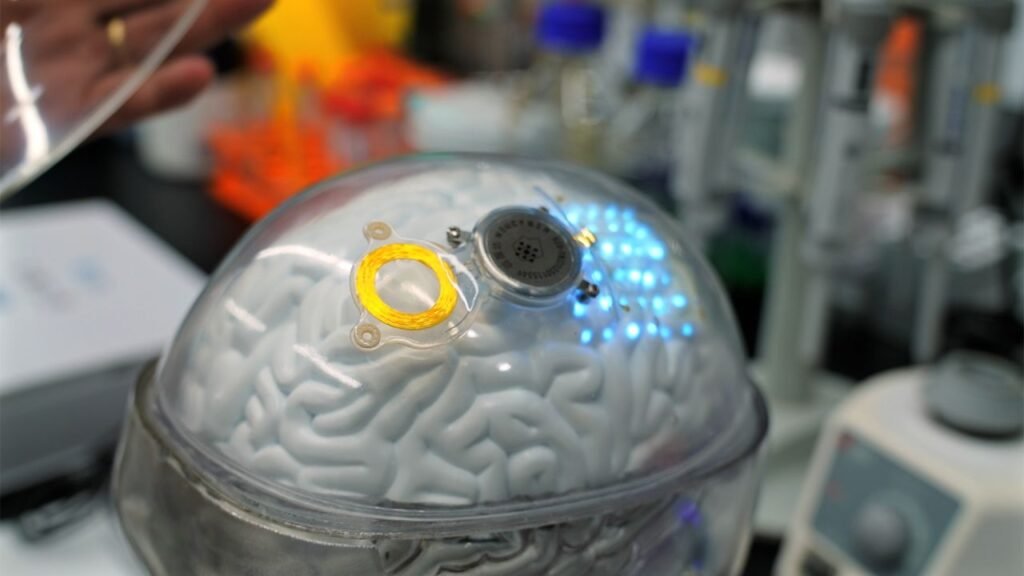
Kim Dong-ho
The author is an editorial writer at the JoongAng Ilbo.
Over the past 15 years, China’s technological transformation has unfolded in three striking stages — 2010, 2018 and now in 2025. Each chapter has revealed a sharper contrast with Korea, where entrepreneurial dynamism is cooling while China’s appetite for innovation grows hotter.
In 2010, during the Guangzhou Asian Games, China invited Asian media outlets to witness its development. Chinese hosts proudly showcased large electronic displays, asserting their ability to produce cutting-edge technology. The message was clear: “We can do this too.” At the time, it was impressive but not awe-inspiring. A visit to appliance manufacturer Midea felt more like mimicry than innovation — their product designs bore an uncanny resemblance to those of Samsung and LG. In Korea, Chinese-made goods were still dismissed as cheap knockoffs, and when a surprisingly decent product emerged, it was jokingly referred to as a “miracle.”
![A quadruped robot developed by China’s DeepRobotics. It is currently being used in power facilities and disaster response sites to perform tasks in place of humans. [JANG JIN-YOUNG]](https://koreajoongangdaily.joins.com/data/photo/2025/07/21/5e00de8c-2770-4ab3-9729-f4cde76d85a2.jpg)
A quadruped robot developed by China’s DeepRobotics. It is currently being used in power facilities and disaster response sites to perform tasks in place of humans. [JANG JIN-YOUNG]
Even the official flashlight gifted by Chinese authorities to the press delegation felt like an afterthought. It was heavy and bulky, and when tested later, it emitted only a brief, faint light before dying. It seemed to reinforce the stereotype of inferior Chinese goods. Few could have predicted that this was the quiet beginning of China’s technological surge.
By 2018, that perception had changed. As China marked the 40th anniversary of its reform and opening-up policy, it launched a public diplomacy push. From Beijing to Shanghai, Guangzhou and Shenzhen, visitors were greeted with evidence of real progress. At ByteDance headquarters, a lobby filled with hundreds of job candidates was a weekly occurrence. While Korea’s youth struggled to find jobs, China’s tech firms were booming. Inside the offices, desks were covered in scribbled equations and engineering notes — clear signs of a shift toward a knowledge-based economy. Within a year, ByteDance’s TikTok exploded in global popularity, confirming what had been sensed during the visit.
Even as the United States began tightening its grip on China in 2018, the country was already building a self-sustaining innovation ecosystem. By around 2020, China had surged ahead in drones, electric vehicles and humanoid robotics. BMW scaled back production in Germany, and Hyundai’s relevance in China began to fade.
Xiaomi, once mocked for imitation, has grown into a powerhouse producing luxury electric vehicles — an area even Apple has yet to crack. Huawei has led a transformation, expanding into smartphones, EVs, semiconductors, cloud services and AI. The pace and breadth of China’s tech expansion have upended assumptions.
Meanwhile, in Korea, warnings about China’s progress have stirred little urgency. In China, engineers are celebrated as national heroes, and more than five million science and technology graduates emerge each year. In Korea, however, top students continue to gravitate toward medical schools. While China moves to integrate AI into real-world applications, Korea risks falling behind. The debut of China’s generative AI platform DeepSeek earlier this year underscored the shifting landscape. Korea now finds itself in a catch-up position in AI, the defining technology of the 21st century.
A visit earlier this month to Shanghai and Hangzhou confirmed that shift. As part of the Peace Odyssey program organized by the Korean Peninsula Peace-Making Foundation, participants visited Zhejiang University — alma mater of DeepSeek founder Liang Wenfeng — as well as several innovation-driven companies. One such firm, BrainCo, develops bionic limbs controlled by brainwaves, offering new mobility to amputees. At DeepRobotics, four-legged robots were being deployed for infrastructure inspections and disaster response.
What has fueled this transformation in China? The answer lies in the synergy between strong government will and a culture of entrepreneurship. Ironically, this was once Korea’s model. However, in Korea today, the same system has been undermined by political factionalism and increasing anti-business regulations. Entrepreneurs face constant restrictions and are often treated as entities to be controlled. In contrast, China’s government has adopted a servant-leadership approach, removing barriers to technology development and offering administrative flexibility. While labor regulations exist, companies are effectively given leeway to compete on the global stage.
![A man who lost both hands practices calligraphy using BrainCo’s non-invasive brainwave-controlled prosthetic technology. Developed by the Chinese company, the system allows people who have lost their hands or legs to play the piano, shake hands, and walk. [JANG JIN-YOUNG]](https://koreajoongangdaily.joins.com/data/photo/2025/07/21/b290b3f4-367e-4264-b891-18e2c0af2493.jpg)
A man who lost both hands practices calligraphy using BrainCo’s non-invasive brainwave-controlled prosthetic technology. Developed by the Chinese company, the system allows people who have lost their hands or legs to play the piano, shake hands, and walk. [JANG JIN-YOUNG]
A recent McKinsey & Company report attributed Korea’s two decades of low growth to rigid regulations and a decline in entrepreneurial spirit. The troubling reality is that Korea’s downturn and China’s ascent now seem to be diverging trends. As Korea’s political arena remains consumed by infighting and populist regulation, China’s leadership continues to empower its innovators.
To change course, Korean politics must shift its focus to the national interest. Reviving entrepreneurial energy is no longer a matter of economic ambition — it is a matter of survival. Korea must create an environment that enables companies to thrive again. Only then can it escape its inertia and reclaim its place in the global economy.
Translated from the JoongAng Ilbo using generative AI and edited by Korea JoongAng Daily staff.






